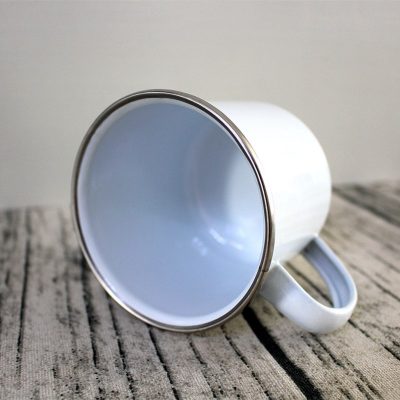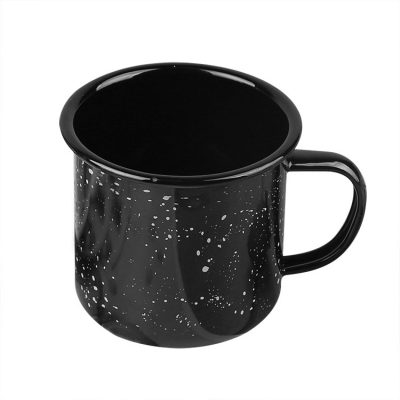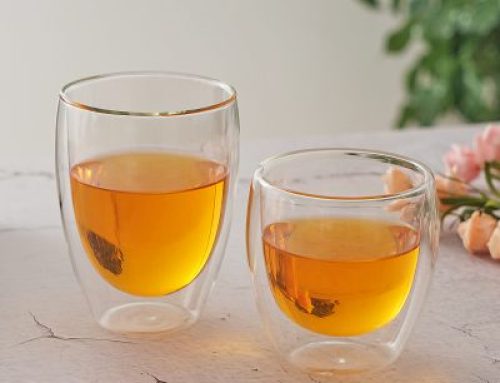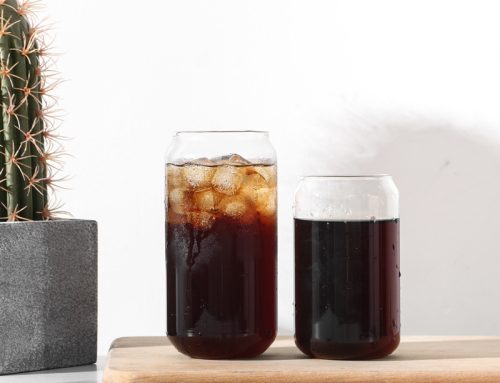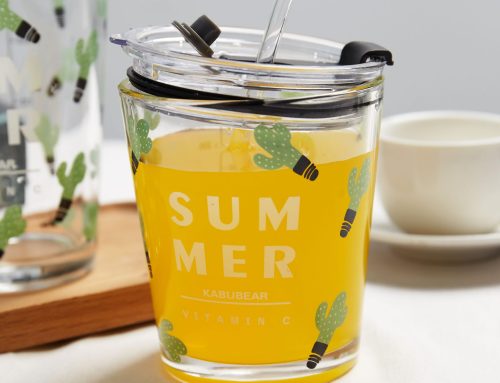Do ceramic tableware contain lead, but the content is different? Ceramic tableware manufacturers come to reveal the secret for you:
Ceramics contain lead, which should mainly refer to pigments. Therefore, it would be better to choose ceramic tableware with pure white liner. The following is some information compiled by ceramic tableware manufacturers. I hope it will help you.
1. Most porcelains contain more or less lead, mainly due to color; It seems that only blue and white porcelain does not contain lead because the pigment is pure plant.
2. Pottery is fired with clay, and the firing temperature is low. Porcelain is fired with clay, and the firing temperature is high. Pottery is thick and opaque, so it is less used as tableware; Porcelain is fine and translucent, which is often used as tableware. Pure porcelain is harmless to human body.
Do ceramic tableware contain lead, but the content is different?
3. But in fact, in order to make porcelain watertight and beautiful, people often glaze, color and paint colored glaze, resulting in lead in ceramic products. The lead dissolution star of ceramic tableware mainly comes from the decorative materials on the ceramic glaze, such as ceramic pigments, ceramic decals and so on.
4. The picture decoration of ceramics can be roughly divided into several processes, such as overglaze color, underglaze color and white porcelain. Overglaze color ceramics are made of flower paper made of lead pigment pasted on the glaze and roasted at 70cc-850 ℃. Experts pointed out that this lead compound can be dissolved by acid. When food comes into contact with the picture, lead may be dissolved by organic acids in food. In terms of production technology, the porcelain alliance of in glaze color and underglaze color is relatively safe. Of course, if the design of overglaze color is reasonable and the barbecue process is appropriate, the excessive lead content can be avoided. According to the method stipulated by the state, we soaked the bowl with colored patterns in acidic solution, and the soluble lead was all lower than the national standard.
5. However, even if such a bowl is used to contain acidic food, if 100ml of lead is consumed every day according to the average amount of dissolved lead, the human eating lead can reach 26ug (porcelain bowl) or 3.6ug (imitation porcelain plastic bowl), which is equivalent to 74% and 10% of the daily allowable lead intake of 2-year-old children, respectively. More seriously, in order to reduce costs, some operators purchase low-cost decorative materials with high lead and cadmium content and unstable performance. In the production process, excessive decorative area, insufficient flower baking temperature or improper process treatment will cause the lead dissolution of ceramic products not to meet the standard.
6. At present, the domestic market of ceramic tableware for daily use is still dominated by low-grade products, especially some individual and private enterprises, rush to work quickly, arbitrarily shorten the flower baking time or reduce the flower baking temperature, and even use the old flower baking oven controlled by experience, which seriously restricts the improvement of the overall quality level of the industry.
Do ceramic tableware contain lead, but the content is different?
